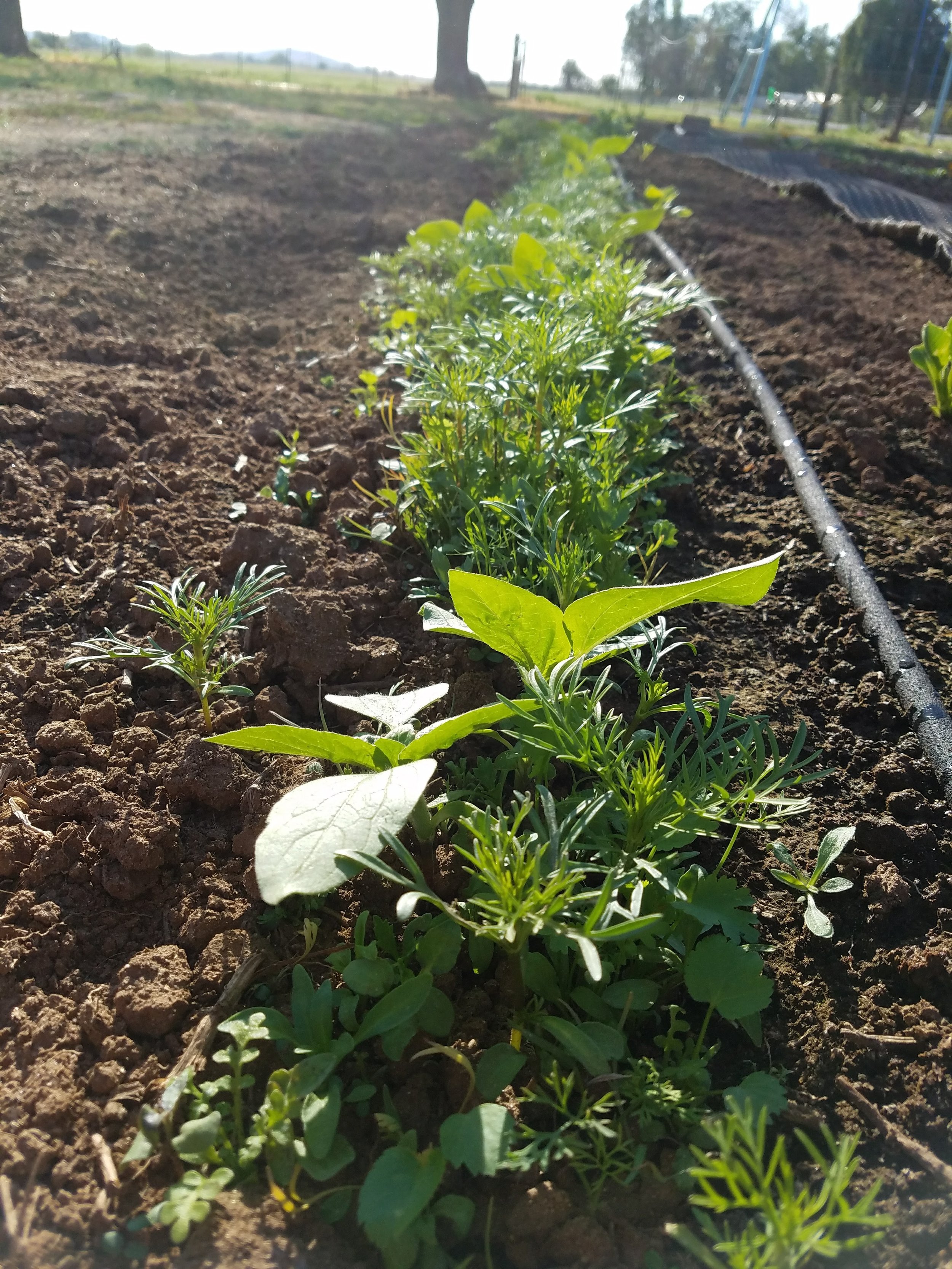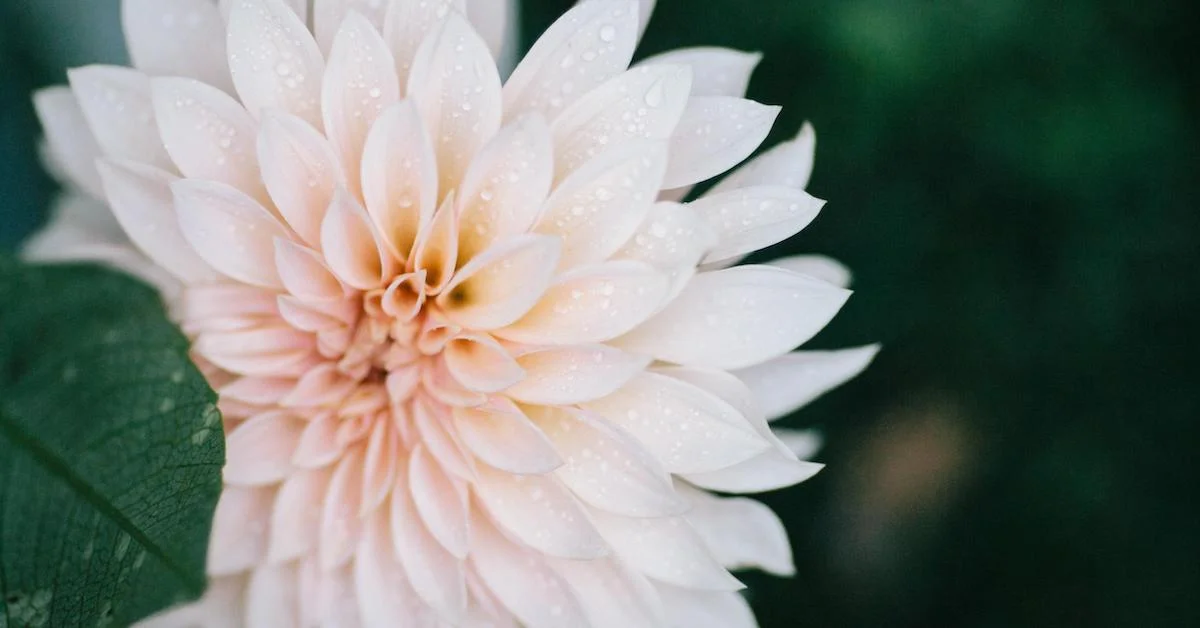Growing Organic Flowers
Flower farming organically can be tough, especially when it comes to insects. To assist with this, I've researched plants and flowers that are helpful in controlling the population of harmful insects. These are my top 5: Allium, chrysanthemum, cosmos, coreopsis, and larkspur. I make sure that I put a single plant or a grouping from my top 5 near my high dollar blooms like dahlias and roses. Chrysanthemums, cosmos, and coreopsis (and even some asters) will kill insects- which is fantastic news! These plants also attract beneficial insects, so I have double the power in a single planting.
Plants in the allium family are great to grow near roses because they protect roses from aphids, cabbage butterflies, and even moles! I have lost 65-year-old rose bushes to moles, so I am completely on board for anything that will save the rest of my heritage bushes. Plus, drumstick allium are so fun to use in designs!
Now let’s talk about trapping. Even though it is a very real technique, I discovered it by accident when I was growing an order of ornamental kale. I didn’t have enough room in my cut flower field, so I was growing it in my veggie corner. My poor little kale starts were getting pummeled by pests, and I was a neem oil fanatic, but I was in danger of losing the entire crop. Then I transplanted my brussels sprout starts right next to the ornamental kale. Immediately, the stalks (which are sticky) were covered in tiny black bugs. Amazingly, the bugs left the kale alone, and it came back to life! I was able to harvest the ornamental kale on time for the wedding order all because I set a trap without knowing it!
Heather and Fawn Photography
Philosophy Designs
According to Louise Riotte (1998), trap cropping lures pests away from other crops and to an area that you can control. Sometimes I refer to the practice as sacrificial planting, but sometimes it has to be done. Nasturtiums and light colored zinnias are great for trap planting, as well as my newly discovered powerful brussels sprout idea! Zinnia seeds are cheap and easy to grow, so it doesn’t hurt too badly to prune damaged blooms. I tend to plant my top 5 at the ends of the rows, where I can easily monitor the pest population and quickly pull/replant if needed. Coreopsis, cosmos, and larkspur are also notorious self-seeders, which again, makes my job easier. I constantly have my TOP 5 in various stages of maturity, which is an excellent way to capture pests for the entire growing season.
My farm layout style tends to be a little on the wild side; my rows aren’t straight, and I have what appear to be random plants tucked in amongst variety specific areas. However, there is a method to my chaos, and it has to do with companion planting, trap plots, and an overall dedication to integrated pest management. Have fun, experiment, and mix up your trapping areas and companions. You might be surprised at what flowers become friends in the garden!
Here are some other great flowers to intermix with your plantings to help drive away undesirable insects and pests: marigolds, nasturtiums, geraniums, rue, and tansy.
Some great resources for further research:
- Roses Love Garlic by Louise Riotte
- Carrots Love Tomatoes by Louise Riotte
- 1,001 Old-Time Garden Tips: Timeless bits of wisdom on how to grow everything organically from the good old days when everyone did by Roger Yepsen








